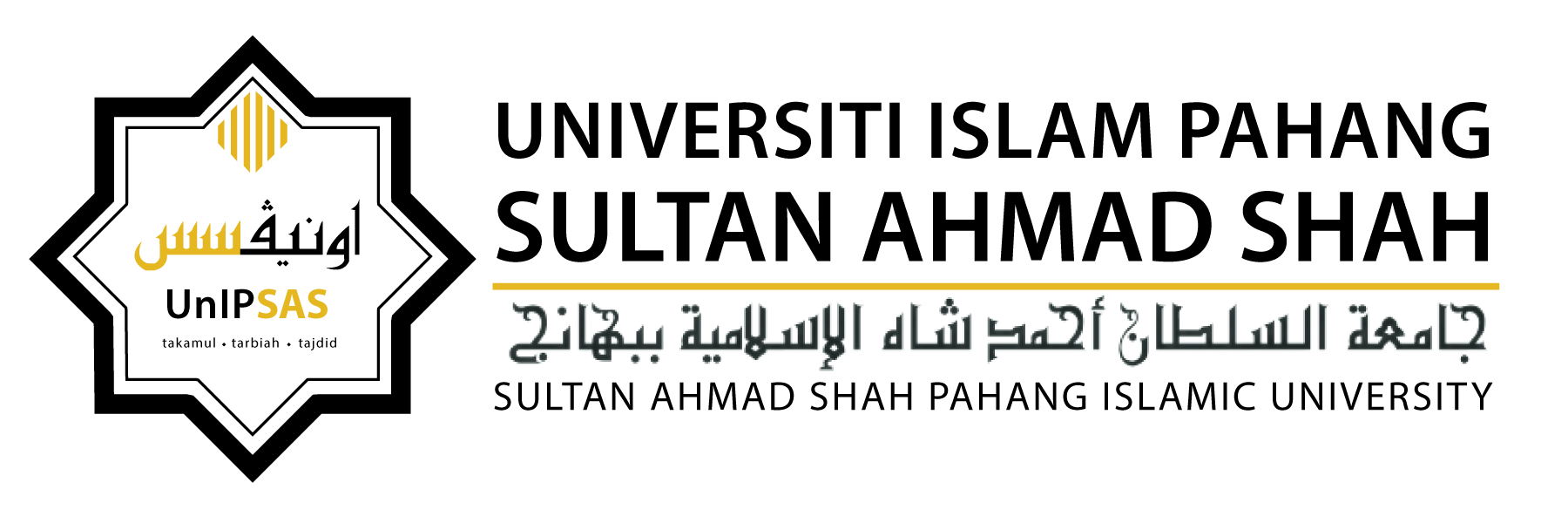THE LEVEL OF SATISFACTION OF KUIPSAS MOSQUE CONGREGATION IN TOWARDS THE IMPLEMENTATION OF FRIDAY PRAYER DURING THE MOVEMENT CONTROL ORDER (MCO)
DOI:
https://doi.org/10.64398/alsirat.v20i1.220Keywords:
Satisfaction level, Mosque Congregation, Friday Prayer, Movement Control Order (MCO)Abstract
The mosque is a religious institution that plays an important role in uniting the community apart from its main role as a place for Muslims to perform prayers. The mosque not only serves as a place to perform prayers but also as a center for the dissemination of knowledge, especially Islamic knowledge. The excitement liveliness of the mosque during the COVID-19 pandemic became very restricted. The Muslim population in Malaysia had gone through the phase of congregational attendance to the mosque for a relatively long period of time, which was more than 3 months. This situation will cause the existing congregation to become accustomed to the situation of prayer at home and cause the motivation to return to the mosque to be less and less. Among the proactive measures that can be implemented by the mosque administrator during the period of the Movement Control Order (MCO) to restore the motivation of the congregation to return to the surau/mosque was to ensure that the congregation's satisfaction with the management of the mosque was at the optimum level. Therefore, there was a need to study the level of satisfaction of mosque worshipers when attending congregation during the MCO. This study aims to identify the level of satisfaction of mosque worshipers to congregate at the KUIPSAS mosque during the MCO. This study used a quantitative approach to answer the research questions. Data were collected using non-probability sampling which was specifically simple sampling and the number of samples successfully obtained was 83 respondents. Data analysis in this study involved descriptive analysis such as percentages and averages. The results showed that the level of satisfaction with the 16 dimensions of mosque management was very satisfactory, ranging from 92.5 percent to 97.5 percent. This study was able to provide an initial picture of the satisfaction of the congregation when attending congregational prayers during the MCO.
Downloads
Published
How to Cite
Issue
Section
License

This work is licensed under a Creative Commons Attribution-NonCommercial 4.0 International License.





